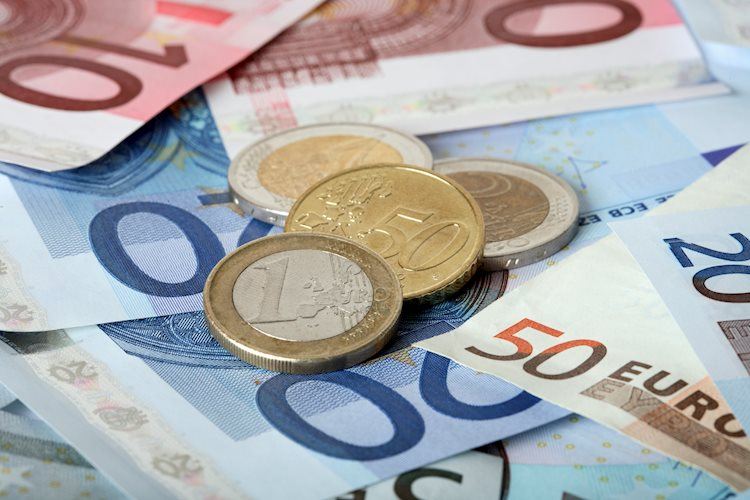EUR/USD has shown a recovery to near 1.0830 in the North American session, driven by a retracement move in the US Dollar. The US Dollar Index has corrected slightly below 104.00, leading to pressure on the Greenback after the release of US Durable Goods Orders, which declined by 0.8% in September. Despite this, the near-term appeal of the US Dollar remains firm due to multiple tailwinds.
Investor confidence in the US Dollar’s gradual policy-easing cycle is supported by positive data such as Nonfarm Payrolls, Retail Sales, and flash S&P Global PMI data for October, which signal sustainable economic growth. However, market sentiment is also influenced by expectations for the Federal Reserve to adopt a more gradual rate-cut cycle and rising speculation of former President Donald Trump winning the presidential election against current Vice President Kamala Harris.
The Euro continues to perform strongly on Friday, despite the preliminary PMI report indicating a contraction in economic activity in the Eurozone, with the flash Composite PMI declining to 49.7 in October. Market expectations for a larger interest rate cut by the European Central Bank (ECB) in December have increased following dovish comments from policymakers highlighting risks of inflationary pressures staying below the bank’s target of 2%.
There are growing speculations for a 50 basis points rate cut by the ECB in December, as policymakers express concerns about accumulating downside risks to growth. Data for October shows better-than-expected German IFO Business Climate, Current Assessment, and Expectations, indicating improving market sentiment. However, weak business activity may hinder economic revival in the Eurozone amid uncertainties over growth.
The table below shows the percentage change of the Euro against major currencies, with the Euro performing strongly against the New Zealand Dollar. The technical analysis of EUR/USD suggests a bearish outlook as the pair remains below the 200-day EMA, which trades around 1.0900. The 14-day RSI indicates a strong bearish momentum, but a recovery is possible as conditions turn oversold. Key levels to watch for support are 1.0700 and 1.0750, while key resistances are at 1.0900 and 1.1000.
In conclusion, the EUR/USD pair is influenced by multiple factors such as interest rate cut expectations by central banks, economic data, and market sentiment. The US Dollar still holds a strong position due to positive economic indicators, while the Euro faces challenges from a contracting economic activity in the Eurozone. Traders will closely monitor the developments surrounding the Fed’s policies, ECB rate decisions, and economic data to determine the future direction of the EUR/USD pair.











